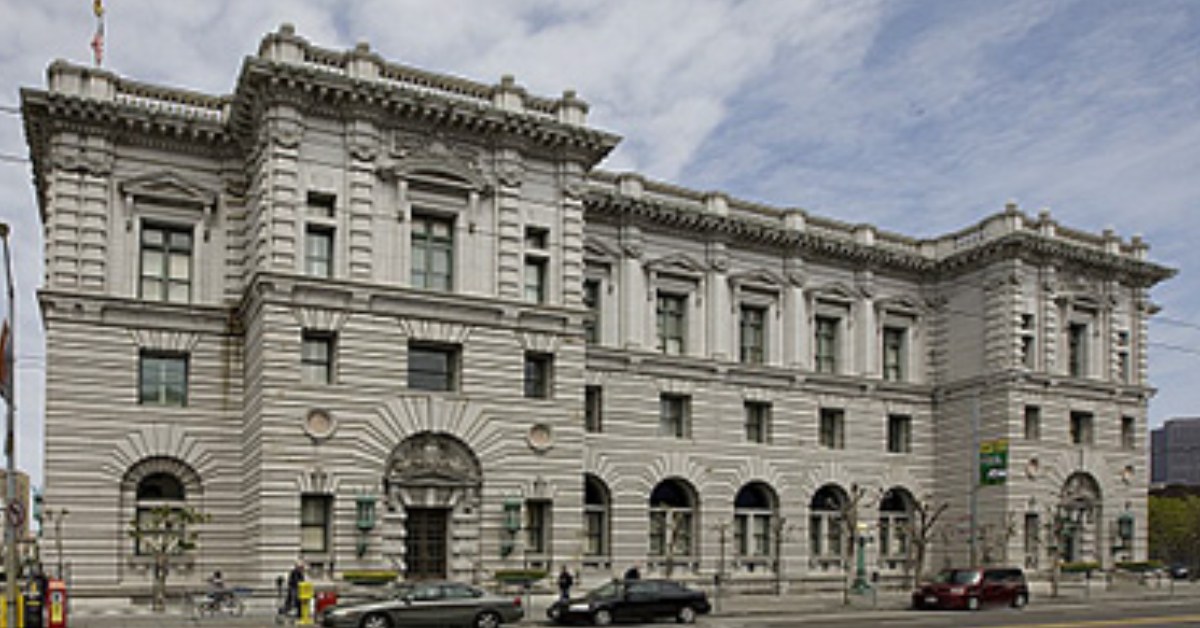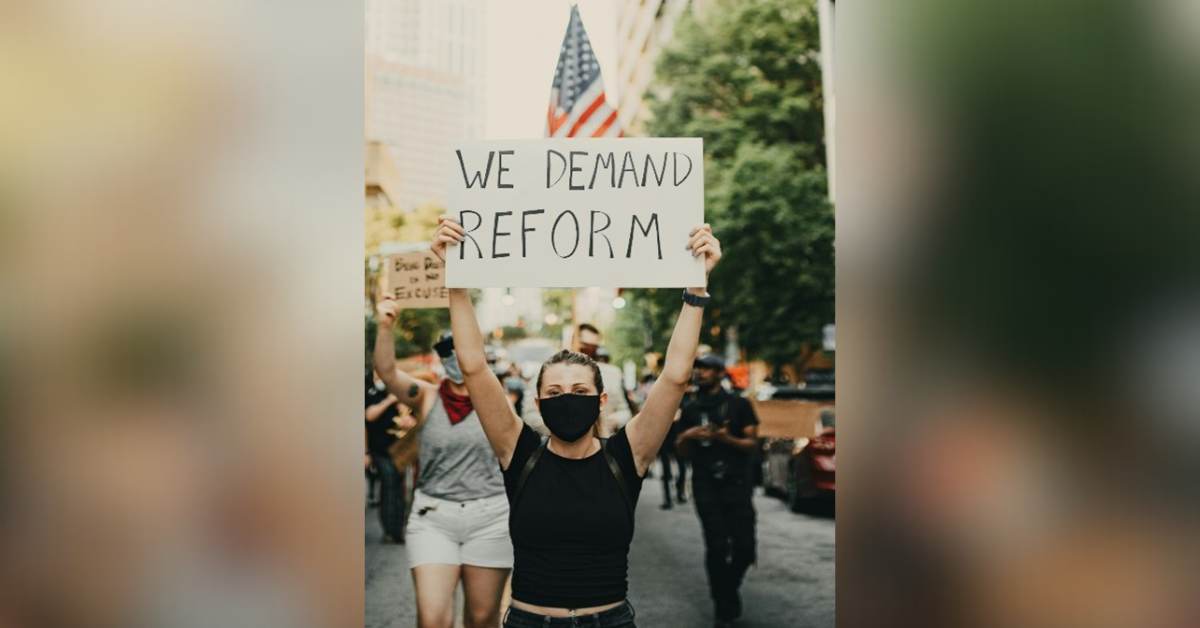On April 8, Federal Judge Thomas O’Rice of Spokane, Washington, issued a national injunction against the Food and Drug Administration from disturbing access to the abortion drug Mifepristone in the 17 Democrat-led states suing to expand access to it. This order guarantees regular reception and distribution of this drug for those states, thanks to an order from the federal District Judge in Washington. However, this is setting the issue up for a Supreme Court showdown as it is in contrasting effect with an injunction a Federal Judge ordered out of Amarillo, Texas.
The same day, Federal Judge Matthew Kacmayrk ordered the Food and Drug Administration to suspend approval of the drug while the cases about the legality of its approval and safety played out in federal court. This case was brought by a conservative group known as Alliance Defending Freedom. For the 33 states not covered by the federal judge in Washington’s order, that means distribution of the drug is in jeopardy for those who may need it. However, it is important to recognize the trend, as we currently have a 6-3 conservative majority on this Supreme Court.
Lately, the method to trigger Supreme Court intervention has been facilitated by one or two routes. The first step is creating a law that purposely goes against a standing precedent in order to get it to the Supreme Court via the appellate process and attempt to have that precedent overturned. That is exactly what happened when the Supreme Court overturned the right to an abortion in Dobbs v Jackson, which allows states to choose to legalize or criminalize abortions after decades of protection under Roe v. Wade. The second method is to have conflicting district or appeals court rulings that make it confusing for government agencies or states to know which ruling to follow.
We’ve seen this phenomenon once before, in the case of President Donald Trump’s 2017 travel ban. The edict was enacted by executive order and was eventually tied up by districts within the 9th and 4th Circuit Court of Appeals jurisdictions. Conversely, the 9th and 4th circuits came to the same conclusion that the travel ban was unconstitutional before the Supreme Court intervened, allowing it to go forward.
The big issue is that all it takes to halt the federal policy that a state may not like is to find a party that has standing, if that state itself does not, and initiate the proceedings within a circuit that is more favorable to rule in line with that state’s desire. This is why the 5th circuit and 9th circuits are the go-tos for Republicans and Democrats, respectively, to engage in judge shopping. However, on another level, we have seen an increase in cases meaning to head off any form of abortion access. Even in states where it is legal, there is massive interference from states where it is not, via the judicial system. My qualitative fear is that we may find ourselves in a situation where abortion itself may be ruled unlawful in all 50 states via an act of a Republican Congress and a Republican President – or perhaps some form of Supreme Court ruling.














